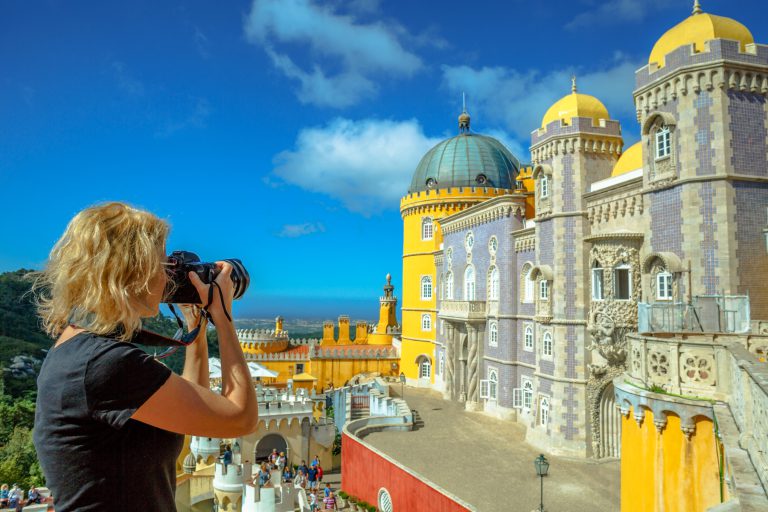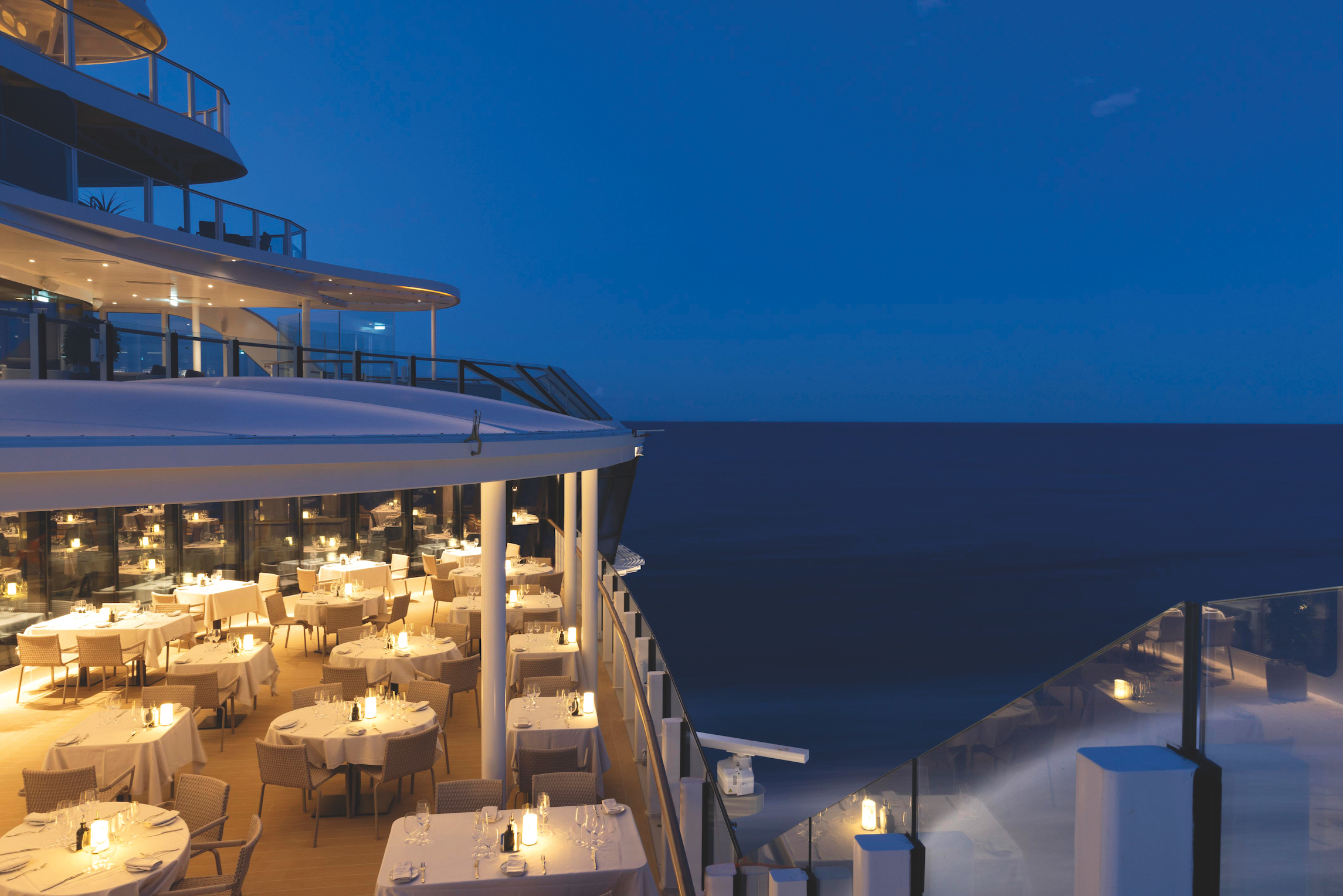In our last column, Warwick Williams shared his tips to help cruise passengers take the best pictures on their voyages. This week: photographing architecture. Over the next few months, Warwick Williams will be sharing his photography tips.
See this winter edition of the magazine to win a FUJIFILM X-T20 valued at $1,799.
Shooting architecture is almost obligatory. If you are in Rome, you must photograph the Coliseum. In Venice, there’s St Marks Square. And who could go to London without taking pictures of Big Ben, or the Empire State Building in New York?
And it’s not just about buildings. There are many other man-made landmarks are worth recording – even if it’s just to prove you’ve been there, done that.
But what equipment should you pack?
There is a lot of gear you could carry to get memorable architectural pictures. But assuming you are on holiday, you probably won’t be carrying tilt-shift lenses, tripods, reflectors, diffusers, wireless multi-flash systems or any other of the many of little extras you could use.
On a cruise ship you don’t have the weight restrictions of an aircraft, but you probably already have a bag stuffed with clothes and you’ll still want space for souvenirs, so keep you photographic gear to the essentials.
Whether shooting from a distance or up close, from ground level or a rooftop or even in the air, there are a wide range of lenses suitable for architectural work. And Fujifilm has a great variety!
The XF14mmF2.8 is an excellent lens with very low distortion that would please any architect, but my personal favourite is the XF16mmF1.4. The slight wide-angle distortion adds a bit more drama to the image.
Again, if you are trying to avoid carrying multiple lenses, the 10-24mmF4 is perfect for a variety of wide-angles and especially useful in tight shooting situations such as the narrow streets of Lisbon.
If you didn’t pack a wide lens, consider panorama mode. It’s not just for landscapes. Fujifilm cameras can shoot panorama shots in any orientation and any direction. When shooting panorama shots I prefer to have the camera in a vertical position when panning left or right. The resulting picture has a better ratio rather than the usual long thin picture.
Photographing interiors of old buildings, which tend to be darker because they generally have smaller windows, and taking night shots of architecture present different challenges. While a tripod would be useful, you often won’t have one, so use a higher ISO setting, position the camera on a ledge or seat and use the self-timer, so you don’t bump the camera when pressing the shutter release. Fujifilm cameras can also be controlled from your smartphone, which is good for night shots (as well as holiday selfies).
You may think a vacation can be spoiled by bad weather, but memories of rainy days are just as precious as sunny days.
Some of my favourite pictures in Fiji, Italy and Croatia were shot in torrential downpours. Fujifilm has a range of cameras and lenses that are weather and dust sealed, as well as freeze proof, so you don’t have to worry about the rain or snow.
Take photos of signs relating to subject matter. A bit of background information can be a great memory jogger. There’s nothing worse than showing pictures to friends and not remembering what they are. Our cameras also offer a voice memo option that allows you to record audio information with each picture. That’s a good way to give yourself total recall.







